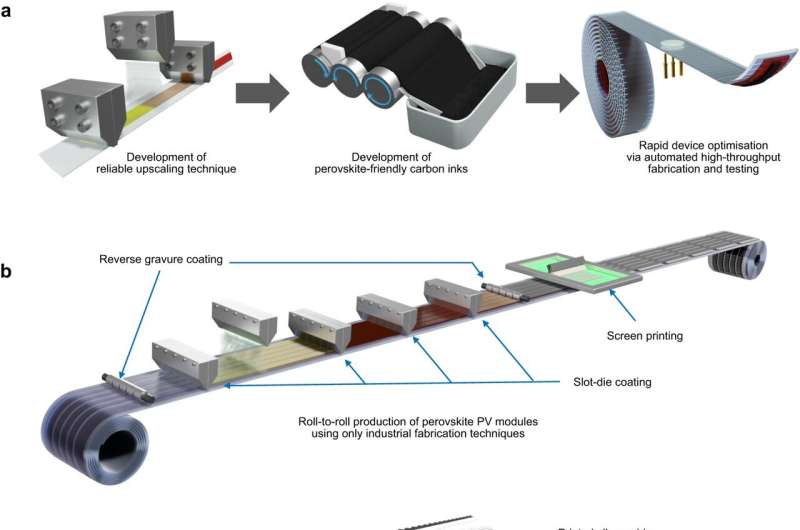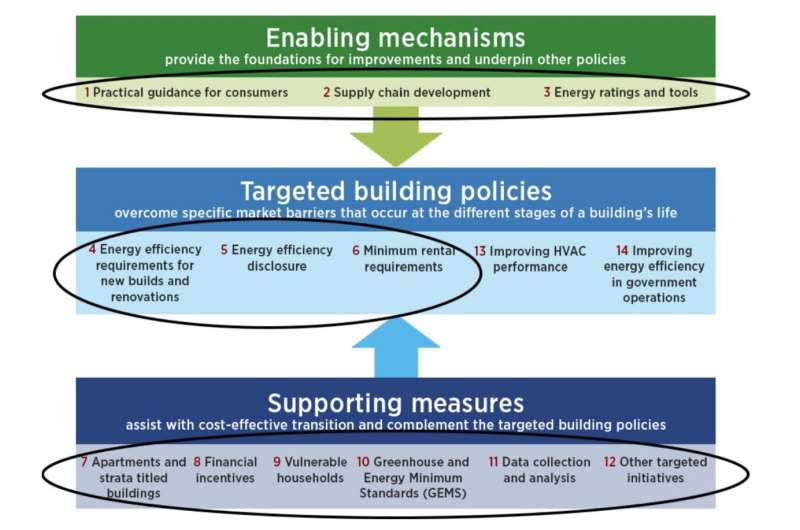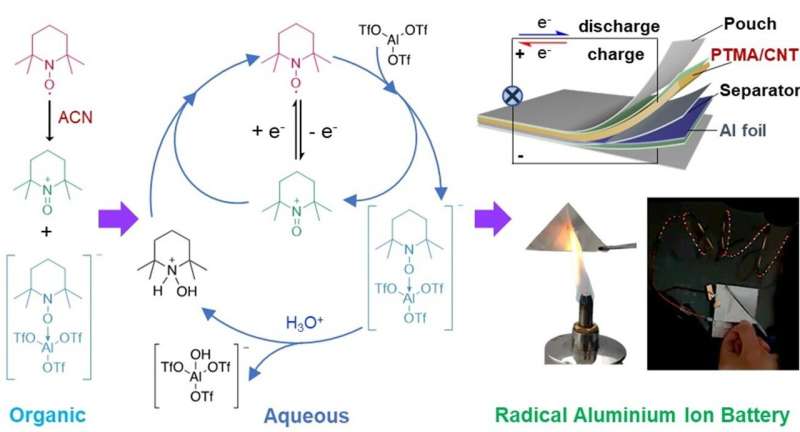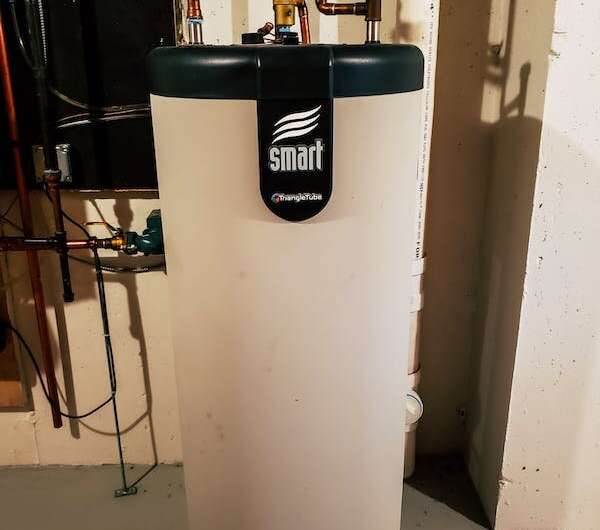Canberra has announced its preferred model for the standard, which it committed to in last year's budget after releasing its electric vehicle (EV) strategy last April. Manufacturers will be set an average carbon dioxide (CO2) target for the range of vehicles they produce, which will be lowered over time to mandate the sale of more fuel-efficient, low or zero emissions vehicles.
Credits will be available to manufacturers that exceed their emissions target that can be traded to other suppliers or used in future years, while those who fail to meet the requirement must make it up over the following two-year period, pay a penalty or acquire credits.
Three separate options will be surveyed — an aggressive action aiming to reach existing US standards around 2026, then bringing forward US targets for 2029-31 to the Australian scheme in 2028 and 2029, a "slow start" option to reach the US standard's rate of decline over five years and its preferred model of a catch-up" standard that reaches the US target by 2028 but does not exceed it (see table).
The government has said Australia has been a dumping ground for auto manufacturers' inefficient vehicles, maintaining the changes will push manufacturers to give Australian customers a greater choice of products that use less fuel.
The Federal Chamber of Automotive Industries (FCAI) said the industry will take time to study the standard's potential cost impacts on consumers and the wider industry.
"On the surface, the targets seeking a 60pc improvement in emissions are very ambitious and it will be a challenge to see if they are achievable taking into account the total cost of ownership," FCAI chief executive Tony Weber said on 4 February.
"The preferred option suggests that Australia considers adopting the type of targets that are currently in place in the US. The targets in that country are supported by significant financial incentives, yet the discussion paper makes no reference to any additional incentives to support the uptake of low emissions vehicles," he said.
Emissions factor
The Labor government came to power promising stronger climate action, saying transport could be responsible for the bulk of Australia's emissions by 2030 without action to boost EV and low emissions vehicle sales.
Transport makes up 98mn t/yr or 21pc of Australia's total greenhouse gas emissions, with government figures showing that on average passenger cars in Australia emit at a rate 20pc higher than the US' vehicle fleet. Passenger cars contribute 41mn t/yr of CO2 equivalent (CO2e), or 42pc of all transport emissions, with light commercial vehicles emitting 18mn t/yr CO2e or 18pc of total transport emissions.
Australia's preference for large vehicles means SUVs and light commercial vehicle models accounted for 78.4pc of sales and comprised all the top 10 vehicles sold in Australia during 2023. EVs comprised 7.2pc, with combined battery electric, plug-in hybrid and hybrid vehicles representing 16.2pc of new vehicle sales.
Fuel consumption has rebounded from Covid-19 pandemic lockdowns with travel returning to normal levels and a population boom following the reopening of borders. Australia's gasoline sales averaged 276,000 b/d during January-November 2023, according to Australian Petroleum Statistics, compared with 274,000 b/d a year earlier and 298,000 b/d for the same period in 2019. Total oil product consumption rose to a new record in November, raising the year-to-date average daily consumption to 1.044mn b/d, higher than 2019's 1.042mn b/d.








